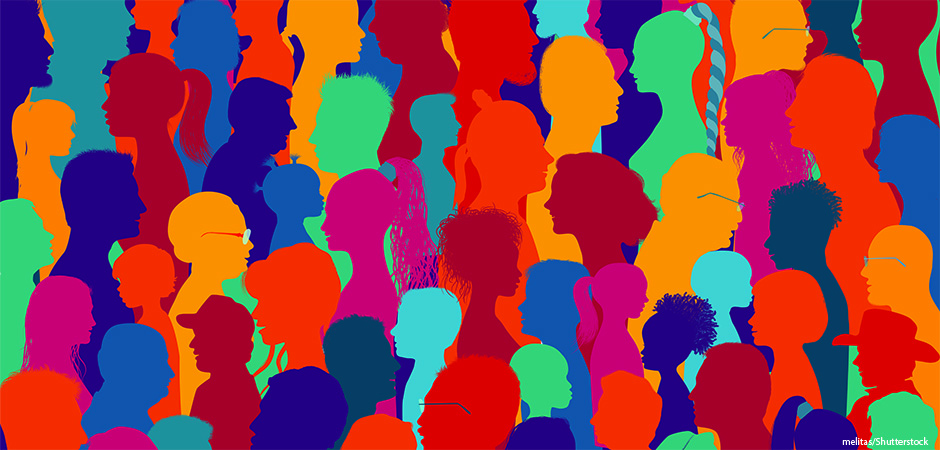
The Day of 8 Billion
On November 15, 2022, the world reached a milestone: the global population officially surpassed eight billion people. In honor of this event, the United Nations celebrated November 15 as the “Day of Eight Billion.” But is this a good thing or a bad thing?
According to the United Nations, population growth is the result of improvements in public health, nutrition, hygiene, and medicine. From this perspective, the eight billion milestone is a good thing. It signifies that people are living longer and healthier lives and that fewer babies and mothers are dying due to complications from pregnancy and childbirth. But a growing population also comes with challenges. The most rapid population growth happens in some of the world’s poorest countries, further widening the income gap between wealthy and impoverished nations. It also has serious consequences for the environment. The more people on the planet, the more food and space they use up, and the more harmful greenhouse gases they emit.
Recognizing the complexity of the issue, the United Nations has launched their new #8BillionStrong campaign. It seeks to educate people worldwide about population growth and the challenges it presents, identifying eight key trends:
- slowing population growth
- fewer children
- longer lives
- people on the move
- aging populations
- women outliving men
- two pandemics, and
- shifting centers.
#8BillionStrong also calls for identifying the unique possibilities of eachperson and working to ensure that each person has basic human rights and the opportunity to thrive. As part of the #8BillionStrong campaign, artist Cecilie Waagner Falkenstrøm created 800 NFTs (non-fungible tokens), unique digital images developed with an artificial intelligence algorithm from images of thousands of people from around the world. Profits from their sale will support efforts to ensure reproductive health and the health of mothers and babies, as well as prevent violence against women.
Dig Deeper When did the global population reach 7 billion people? Use Internet resources to discover the answer.
New York Bans Native American Mascots in Schools
In 2001, New York State Commissioner of Education Richard P. Mills wrote a letter to New York school district superintendents and board members. In the letter, he asked that they stop using Native American mascots and team names for their schools. Mills pointed out that using indigenous names and images this way can be disrespectful and can make some students feel less safe at school. Then, in 2010, the New York State Legislature passed the Dignity for All Students Act, which stated that all public-school students should be guaranteed the right to learn in an environment that is free of discrimination and racial bias.
Even so, twelve years later—and twenty-one years after Commissioner Mills’s original request—about 60 school districts still use Native American mascots or logos. As a result, the New York State Education Department has declared that schools who continue to use Native American mascots and team names will be found in violation of the Dignity for All Students Act. These school districts will risk losing their funding, and uncooperative school officials will also be at risk of losing their jobs. The only exception to this new rule is if the district has approval to use an image from a recognized Native American tribe. Schools have until the end of the 2022-2023 school year to comply with the rules.
Dig Deeper The National Congress of American Indians says that nearly two thousand school districts nationwide still use Native American mascots. Visit the NCAI website to learn about the use of Native American mascots in your state. Write a paragraph describing what you find.
Orion Spacecraft Launches Successfully
The Orion spacecraft faced many setbacks and interruptions. Each time the spacecraft attempted to launch, a problem arose that delayed it. First there were two separate fuel leaks and then Hurricane Ian arrived. But at long last, the Orion spacecraft launched successfully from the Kennedy Space Center in Florida on November 16, 2022. The Space Launch System (SLS) rocket that launched Orion is the most powerful launch vehicle in history. It is 15 percent more powerful than the rocket that powered the Moon landings in the 1960s.
Orion is part of the Artemis program. The objective of Artemis is to return astronauts to the Moon and to eventually establish a permanent astronaut colony there. Orion is an important step toward the possibility of human exploration of Mars as well. Orion is designed to carry humans, but on the initial journey, it’s only carrying mannequins. One of the main goals of this mission is to test equipment that will hopefully make deep-space travel safer for humans. The mannequins are outfitted with special suits and vests designed to protect astronauts from deep-space radiation. Also, the seats that the mannequins sit in have special shock absorbers to help with rough landings. Two of the mannequins are specially designed to closely mimic the soft tissue and body structure of women, because one of the goals of the Artemis program is to land a female astronaut on the Moon for the first time.
On November 21, 2022, the Orion spacecraft made it to within eighty miles of the Moon’s surface. It will now orbit the Moon for 25.5 days before returning to Earth on December 11, 2022, where it will splash down in the Pacific Ocean just off the coast of San Diego, California. The second mission of the Artemis program will launch in 2024, when Orion will follow a similar orbit to its first mission but will also carry human astronauts.
